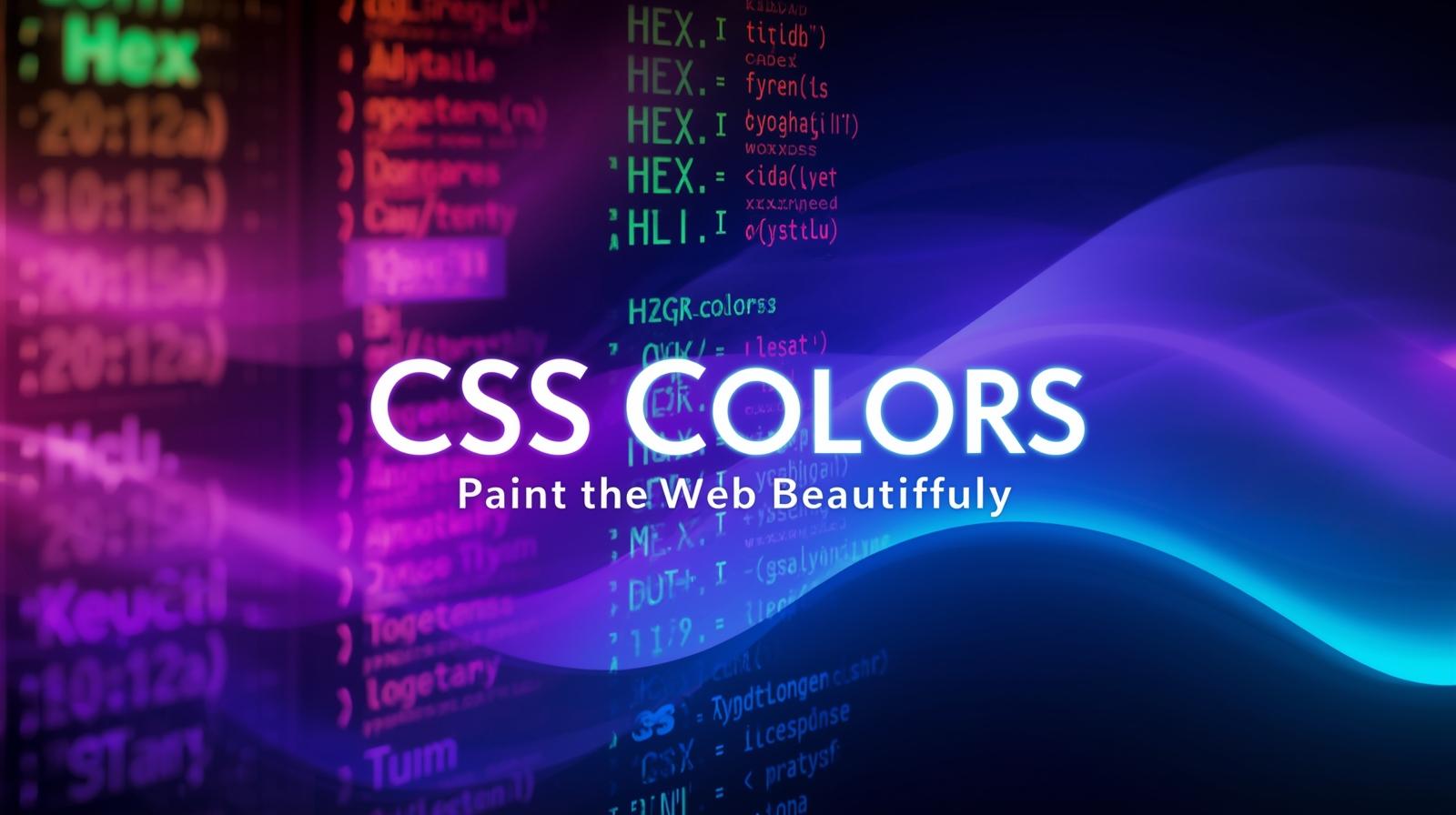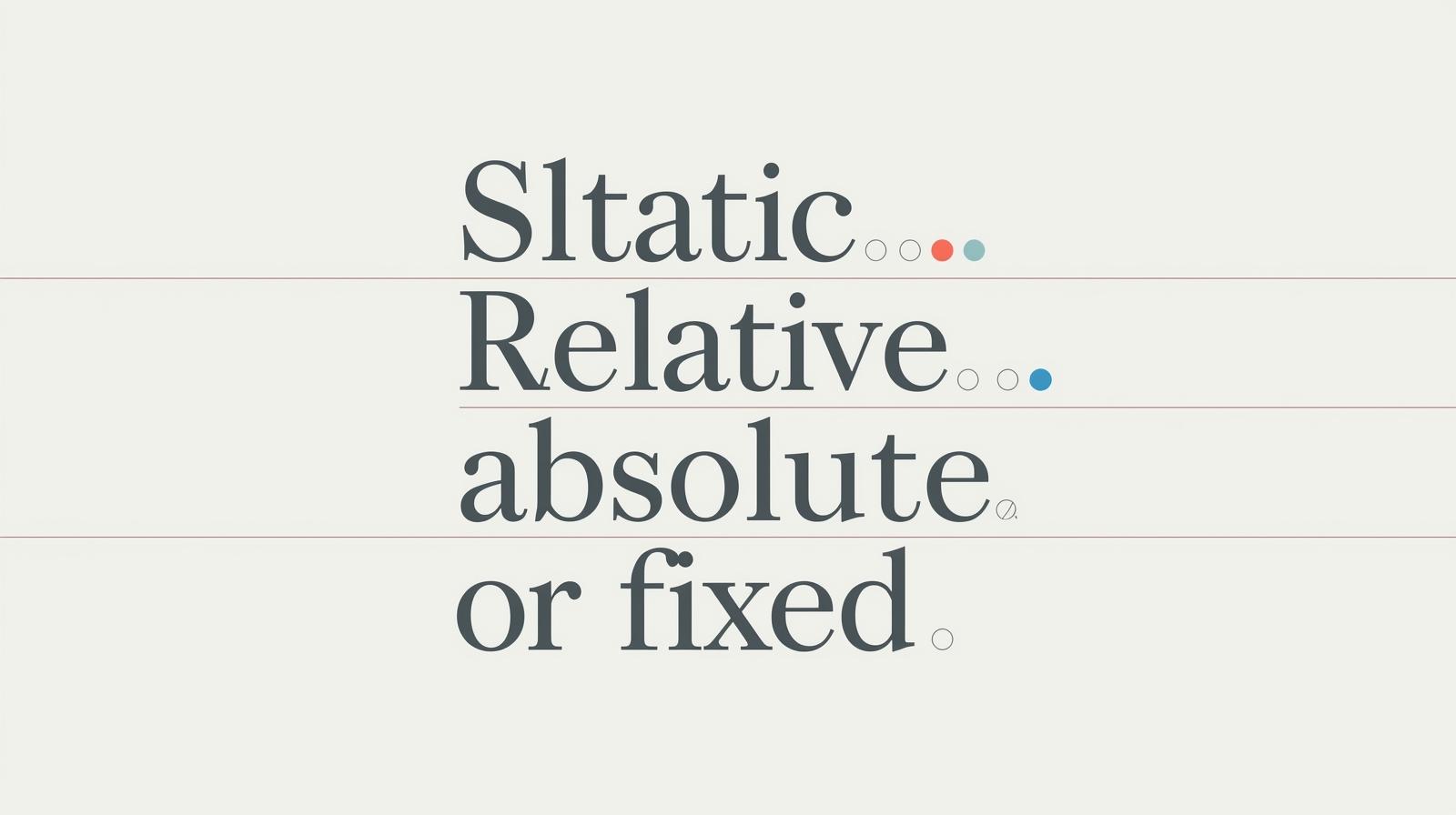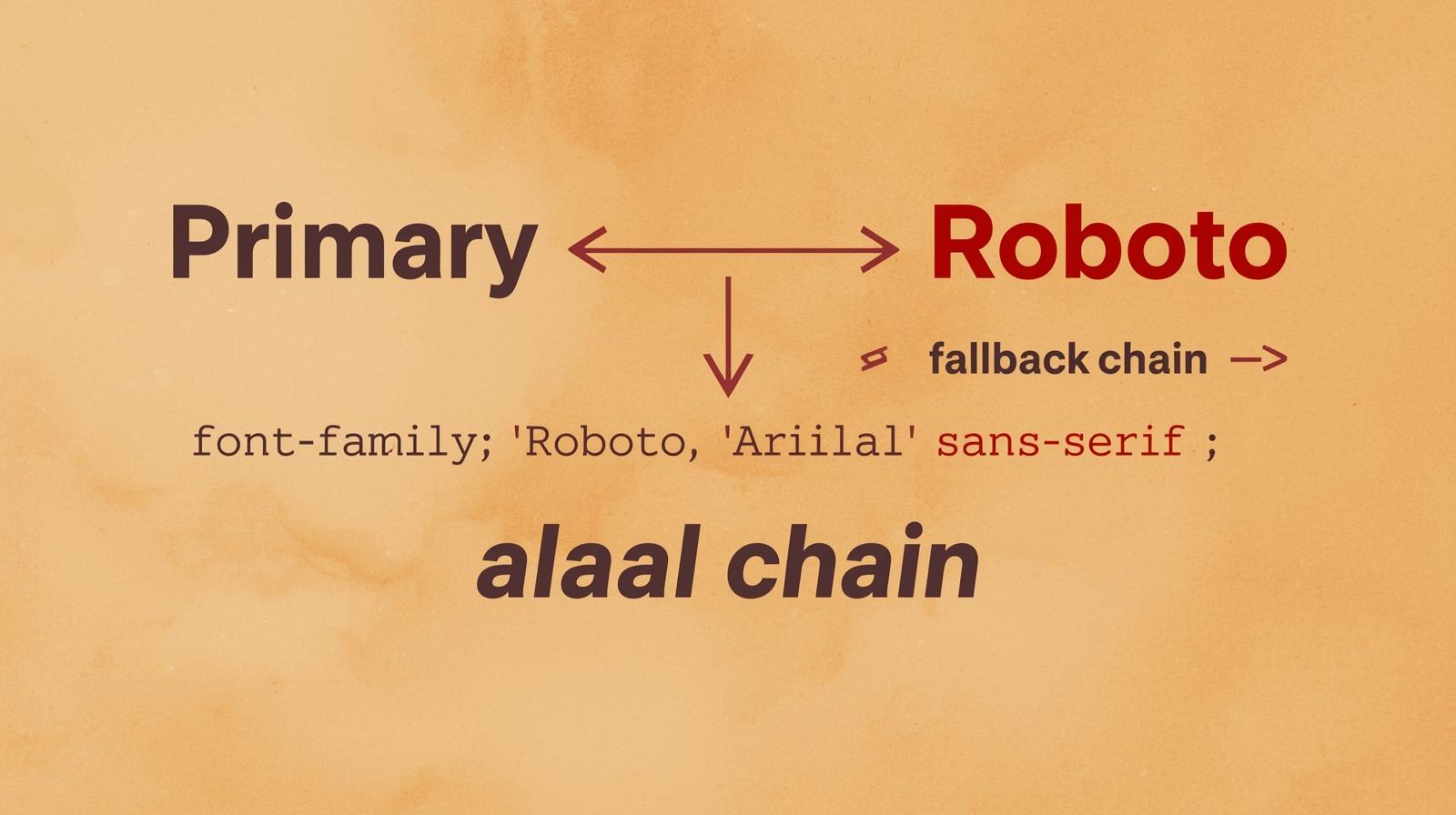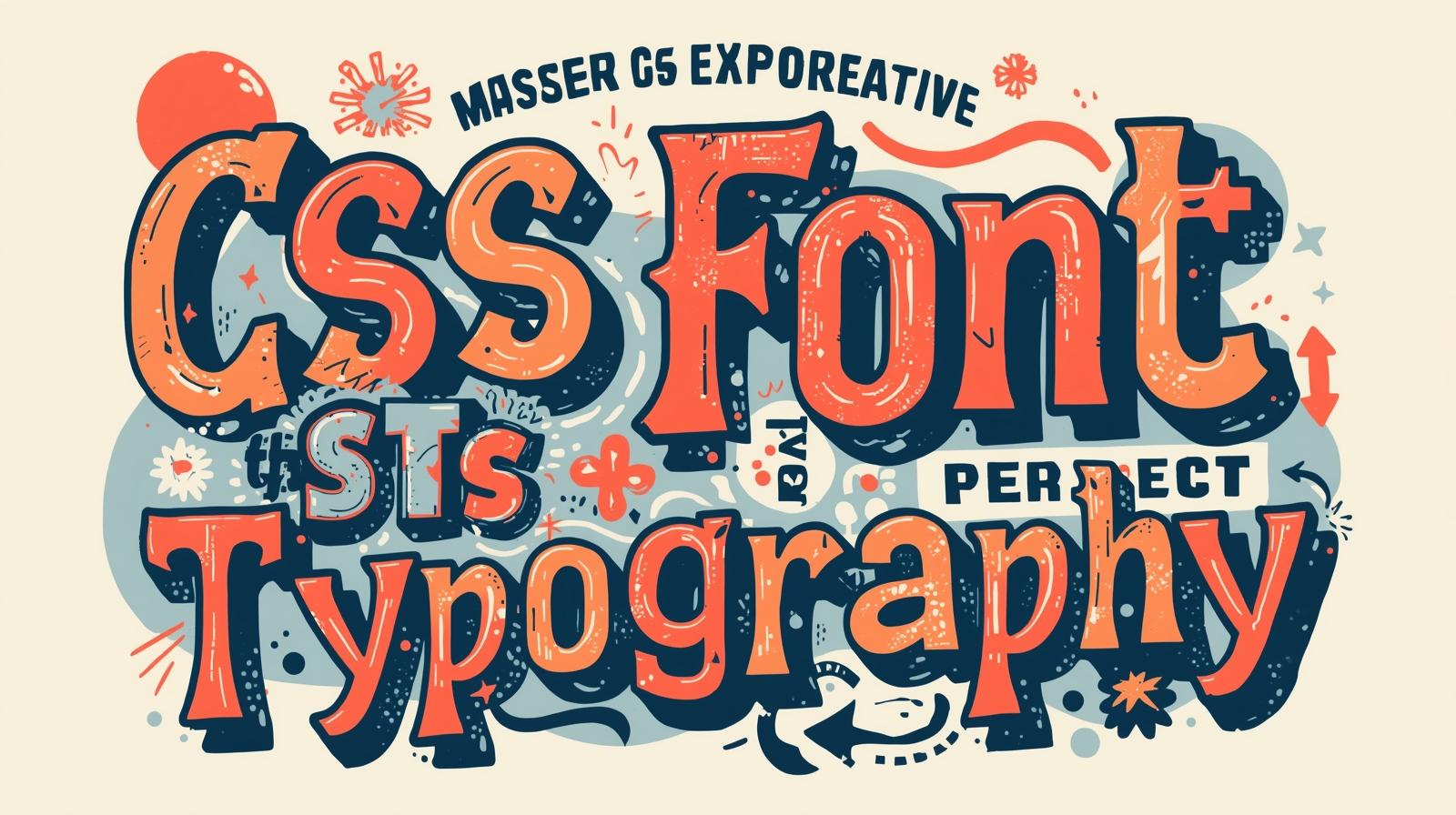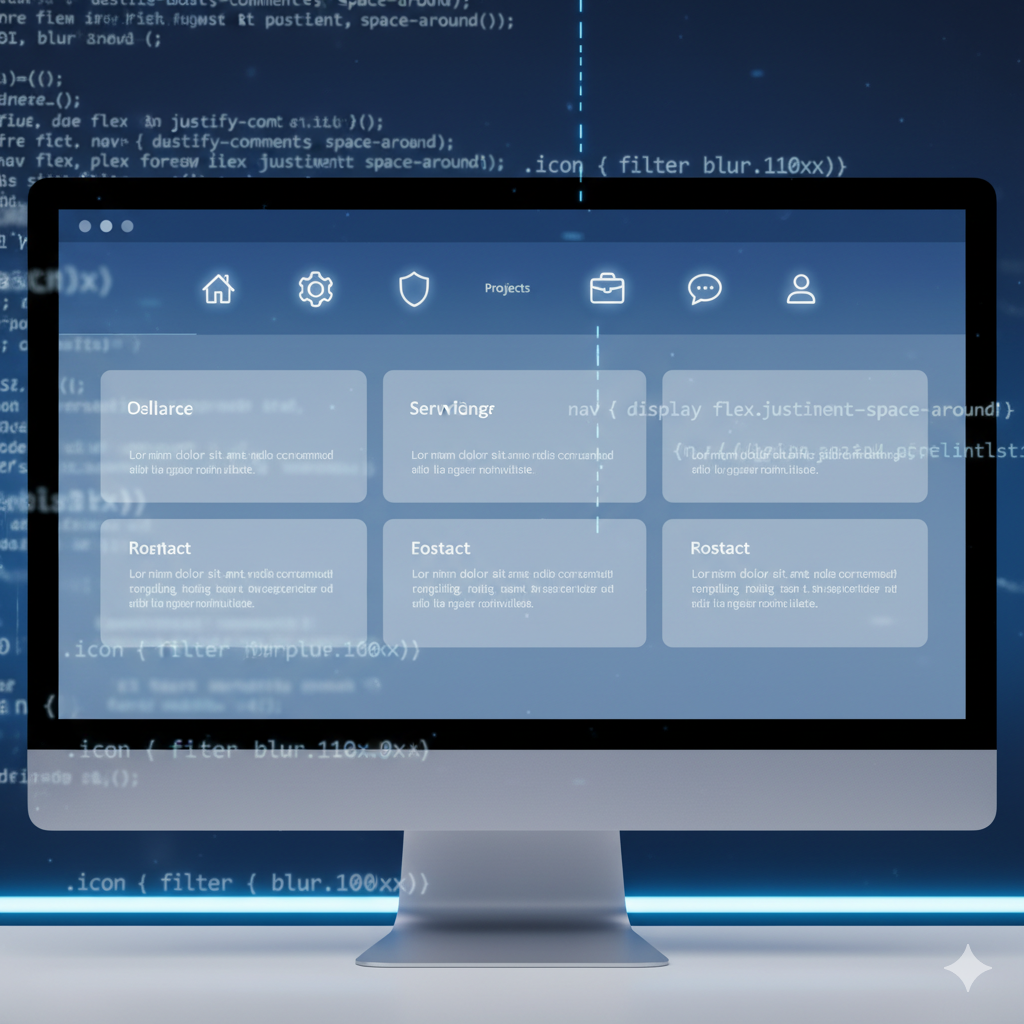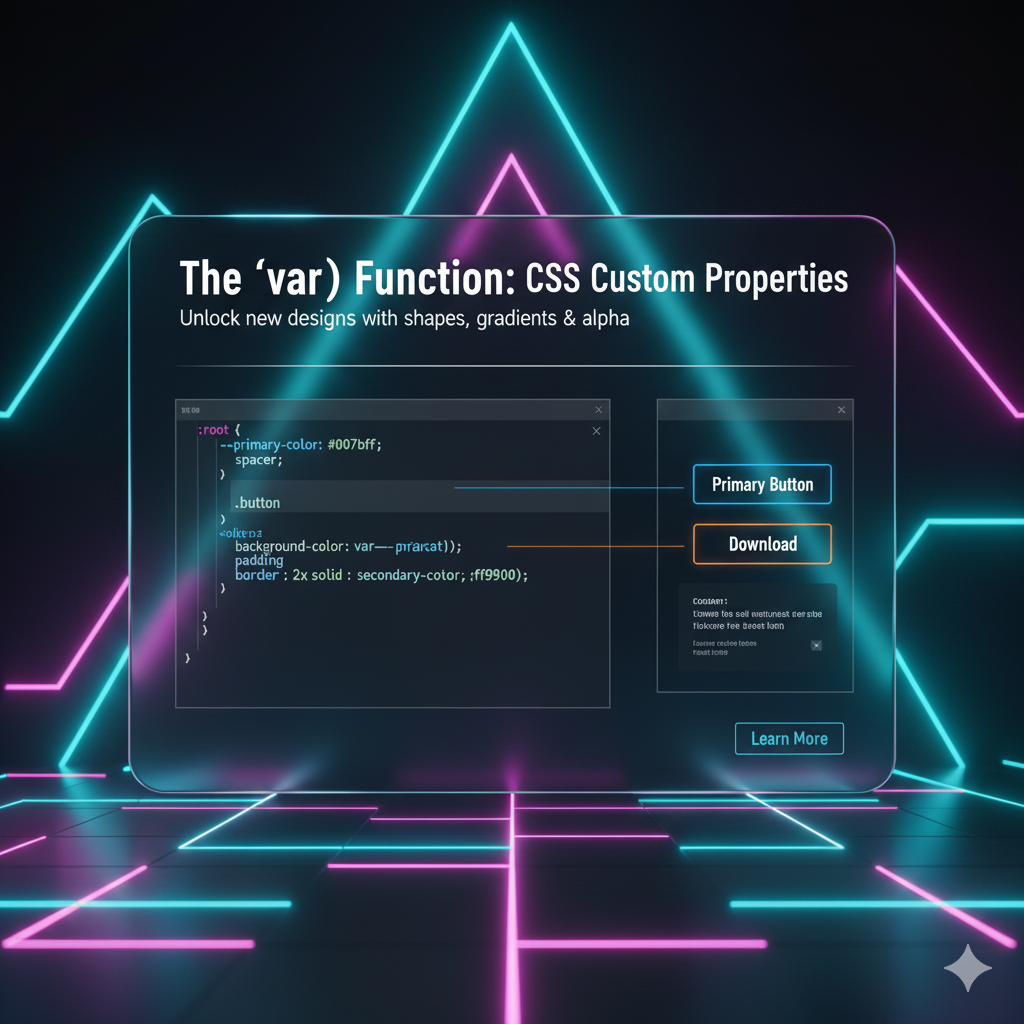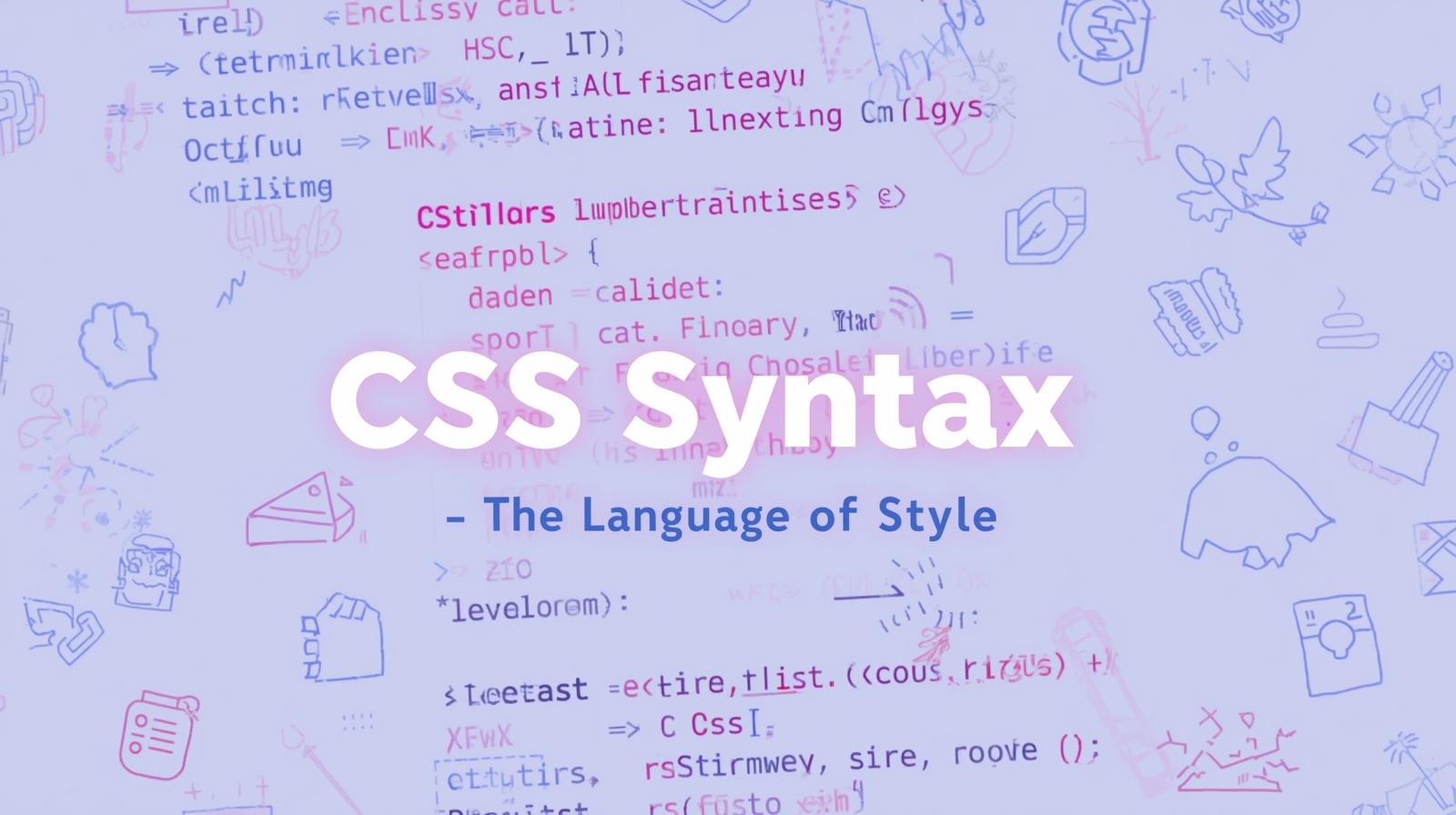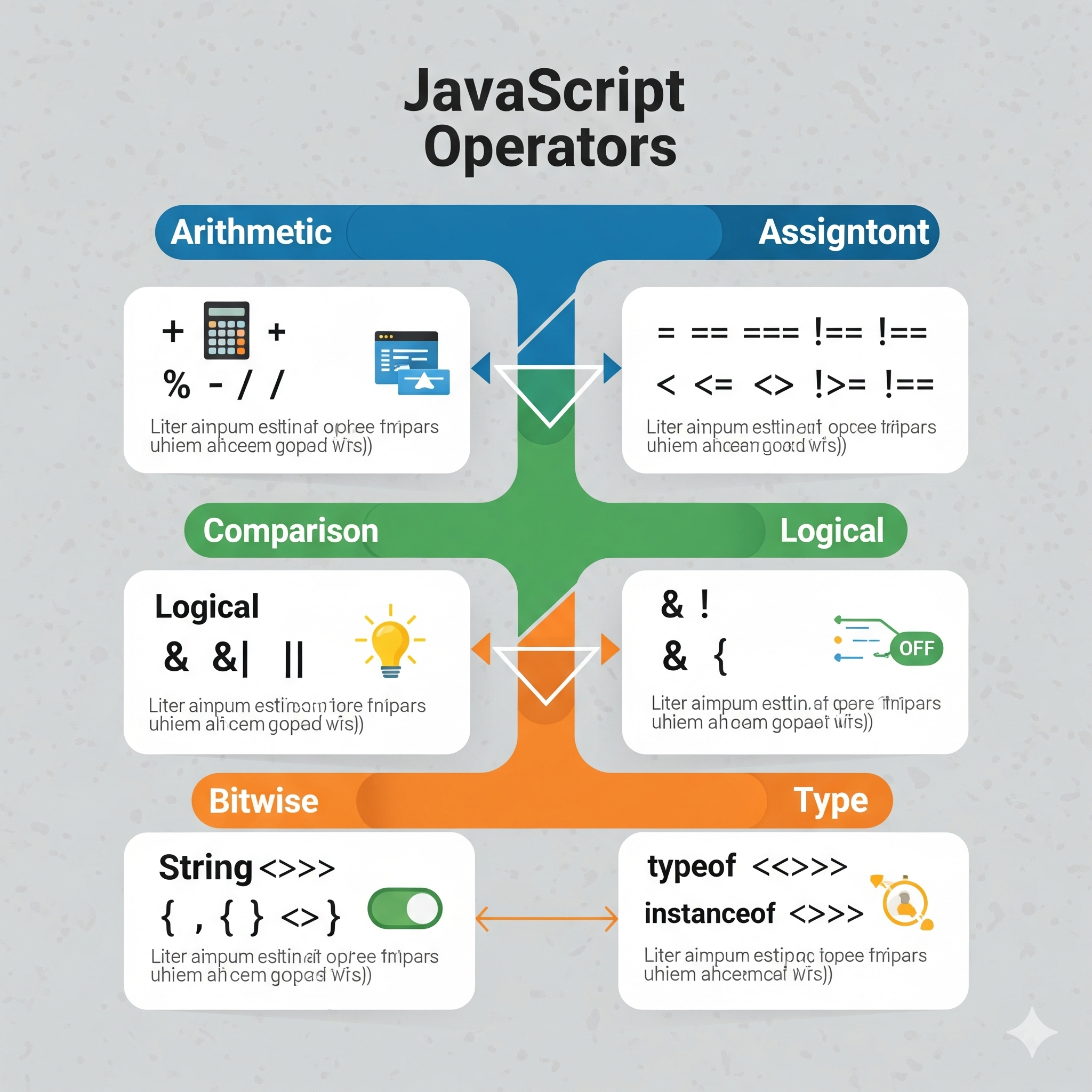CSS Image Sprites: The Ultimate Guide to Faster Websites
Tired of slow-loading websites? Master CSS Image Sprites! Our in-depth guide explains how to combine images, reduce HTTP requests, and boost performance with real-world examples and code.
CSS Image Sprites: The Ultimate Guide to Faster Websites
CSS Image Sprites: The Secret Weapon for a Blazing-Fast Website
Let's be real. We've all been there. You're browsing a website, and it feels... sluggish. You click a button, and there's a tiny, almost imperceptible delay. You hover over a menu, and the icon flickers as it loads a new image. It’s 2024, and in a world of instant gratification, these micro-delays are a major vibe killer.
What if I told you that a significant chunk of this lag often comes from something as simple as loading too many small images? Every single icon, every button background, every social media logo is a separate HTTP request. And each request is like your browser having to make a separate phone call to the server. The more calls, the longer the wait.
So, what's the solution? Enter the OG performance hack that's still ridiculously relevant today: CSS Image Sprites.
What in the World is a CSS Image Sprite?
Forget complex jargon for a second. Imagine you have a sheet of stickers (all your icons and images). Instead of peeling each one off individually every time you need it, you just have the whole sheet and you use a special frame (your CSS) to show only the one sticker you want at any given time.
That, in a nutshell, is a CSS Sprite.
The technical definition: A CSS image sprite is a single image file that contains a collection of multiple smaller images, icons, or graphics. Using the CSS background-position property, you "crop" this master image to display only the specific part you need for a particular element on your webpage.
It’s like a family photo where you just show one person at a time by looking through a moving cardboard cutout.
Why Bother? The "Aha!" Moment: Performance, Performance, Performance!
The primary, undeniable, and most massive benefit of using sprites is drastically reducing the number of HTTP requests.
Think about a navbar with 5 menu items, each with a unique icon. That's 5 image requests. A social media bar with 6 platforms? 6 more requests. It adds up fast. With a sprite sheet, all of those become just one single request. One round trip to the server, and you have all the visual assets you need.
The Payoff:
Faster Page Load Times: Fewer requests mean the browser can render your page much quicker. This is crucial for both user experience and SEO, as site speed is a direct ranking factor.
Smoother Interactivity: Hover effects and state changes (like a button changing color) happen instantly because the images for both the normal and hover states are already loaded. No more annoying flicker!
Reduced Server Load: Handling one request is always less work for your server than handling twenty.
Let's Get Our Hands Dirty: Building a Simple Navigation Sprite
Enough theory, let's code. We'll create a simple horizontal nav menu with icons.
Step 1: Create the Sprite Sheet
First, you need your master image. You can create this in any design tool like Figma, Photoshop, or even online tools. Line up your icons horizontally or in a grid. For this example, let's use a horizontal sprite sheet for a nav menu: home icon | about icon | services icon | contact icon.
Let's say our final sprite image (nav-sprite.png) looks like this, with each icon being 40x40 pixels.
text
[ (Home Icon) | (About Icon) | (Services Icon) | (Contact Icon) ]
|----- 160px -----| // Total width: 4 icons * 40px = 160pxStep 2: The HTML Structure
We'll use a simple unordered list for our nav.
html
<ul class="navbar">
<li><a href="#" class="nav-link home">Home</a></li>
<li><a href="#" class="nav-link about">About</a></li>
<li><a href="#" class="nav-link services">Services</a></li>
<li><a href="#" class="nav-link contact">Contact</a></li>
</ul>Step 3: The CSS Magic
This is where the fun begins. We'll set the sprite as the background for all our links and then shift its position for each one.
css
.nav-link {
display: block; /* Make the link a block element */
width: 40px; /* Width of ONE icon */
height: 40px; /* Height of ONE icon */
background-image: url('nav-sprite.png'); /* The master sprite */
background-repeat: no-repeat; /* Crucial! We don't want it to tile */
text-indent: -9999px; /* Classic technique to hide the link text */
overflow: hidden; /* Part of the text-hiding technique */
}
/* Position for the Home link (first icon) */
.nav-link.home {
background-position: 0 0; /* X-position: 0, Y-position: 0 */
}
/* Position for the About link (second icon) */
.nav-link.about {
background-position: -40px 0; /* Move the background 40px to the LEFT */
}
/* Position for the Services link (third icon) */
.nav-link.services {
background-position: -80px 0; /* Move the background 80px to the LEFT */
}
/* Position for the Contact link (fourth icon) */
.nav-link.contact {
background-position: -120px 0; /* Move the background 120px to the LEFT */
}The Key Insight: The background-position property moves the background image behind the element. By setting a negative X value, we are sliding the large sprite image to the left, effectively bringing a different section of it into view within our 40x40px "window."
Leveling Up: Adding a Hover State
This is where sprites truly shine. Let's add a hover effect. We'll create a new sprite sheet that has two rows: the top row for the normal state and the bottom row for the hover state.
Our new sprite (nav-sprite-hover.png) is now 160px wide and 80px tall.
text
[ (Home Normal) | (About Normal) | (Services Normal) | (Contact Normal) ] // Top Row
[ (Home Hover) | (About Hover) | (Services Hover) | (Contact Hover) ] // Bottom RowWe just need to update our CSS to handle the hover state by changing the Y-position.
css
.nav-link {
/* ... previous styles remain the same ... */
background-image: url('nav-sprite-hover.png'); /* New sprite with two rows */
/* The default background-position now points to the top row */
}
.nav-link.home:hover {
background-position: 0 -40px; /* X: 0, Y: Move UP by 40px (the height of one icon) */
}
.nav-link.about:hover {
background-position: -40px -40px; /* X: -40px, Y: -40px */
}
.nav-link.services:hover {
background-position: -80px -40px;
}
.nav-link.contact:hover {
background-position: -120px -40px;
}Boom! Now when you hover, the change is instantaneous and flicker-free because both the normal and hover images are part of the same already-loaded file.
Real-World Use Cases: Where You've Definitely Seen Sprites
You might not have noticed, but sprites are everywhere.
Social Media Footers: The classic row of Facebook, Twitter, Instagram, etc., logos that change color on hover is almost always a sprite.
E-commerce Sites: Star ratings! The 5-star widget is often a single image with filled stars, half-stars, and empty stars, positioned precisely.
Gaming Websites: Character select screens or item icons in a grid are perfect for sprites.
Large-Scale Web Apps: Google, Facebook, and Amazon have used sprites extensively for their UI icons to ensure maximum performance at a massive scale.
Best Practices & Pro-Tips
Organization is Key: Use a grid and maintain consistent spacing between your icons. This makes calculating the
background-positionvalues much easier.PNG vs. SVG: For simple icons, PNG sprites are great. However, in the modern web, consider SVG Sprites. They are vector-based (infinitely scalable), often smaller in file size, and can be styled with CSS. The technique is different (using
<symbol>and<use>), but the core concept is the same.Automate the Process: Manually calculating positions is a pain. Use tools like SpriteCow (though a bit old, still functional) or build processes with Gulp or Webpack to generate your sprite sheet and the corresponding CSS automatically.
Mind the Gap: Always leave a pixel or two of padding between your images in the sprite sheet to prevent bleeding from adjacent images, especially on high-density (Retina) displays.
Frequently Asked Questions (FAQs)
Q1: Are CSS sprites still relevant in the age of HTTP/2?
A: Great question! HTTP/2's multiplexing does reduce the overhead of multiple requests. However, the number of requests is still a factor. For a very large number of small, critical UI images, combining them into one sprite can still be more efficient than dozens of individual requests. It's a trade-off, but sprites are far from obsolete.
Q2: What about accessibility?
A: Excellent point. Using text-indent: -9999px can sometimes be problematic for screen readers. A more modern and accessible approach is to use the visually hidden CSS technique, which hides the text while keeping it accessible. Alternatively, ensure you have proper alt text if using <img> tags (though sprites typically use background images).
Q3: Can I use sprites for actual content images (like blog post pictures)?
A: Generally, no. Sprites are best for UI elements (icons, buttons, logos). Content images should be separate for SEO, accessibility, and maintainability. You don't want your article's featured image tied to a sprite sheet that contains your website's footer icons.
Q4: How do I create a sprite sheet?
A: You can manually create one in any design tool. For a more developer-friendly workflow, use command-line tools (like sprity) or online generators that take a folder of images and output a sprite sheet with a CSS file.
Wrapping Up: A Timeless Technique for a Faster Web
CSS Image Sprites are a classic for a reason. They solve a fundamental performance problem in an elegant and effective way. While new technologies and formats emerge, the core principle of combining resources to minimize requests will always be a cornerstone of web optimization.
Mastering techniques like this is what separates hobbyist coders from professional developers. It’s about understanding the "why" behind the code and making strategic decisions to build better, faster, and more robust applications.
Ready to level up your coding skills and dive deep into professional web development? This is exactly the kind of performance-focused, real-world technique we teach at CoderCrafter. To learn professional software development courses such as Python Programming, Full Stack Development, and MERN Stack, visit and enroll today at codercrafter.in. Build the future, one sprite at a time
